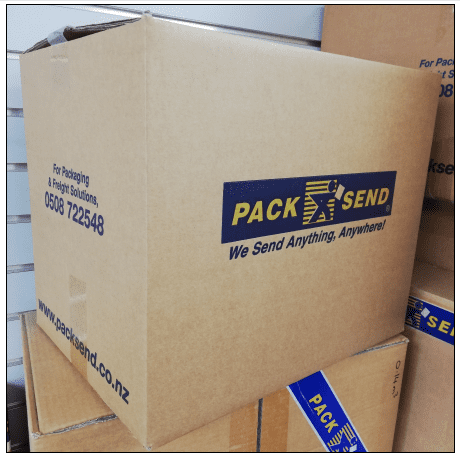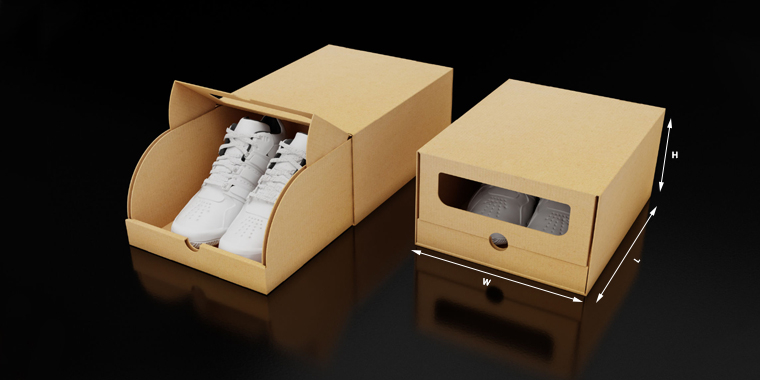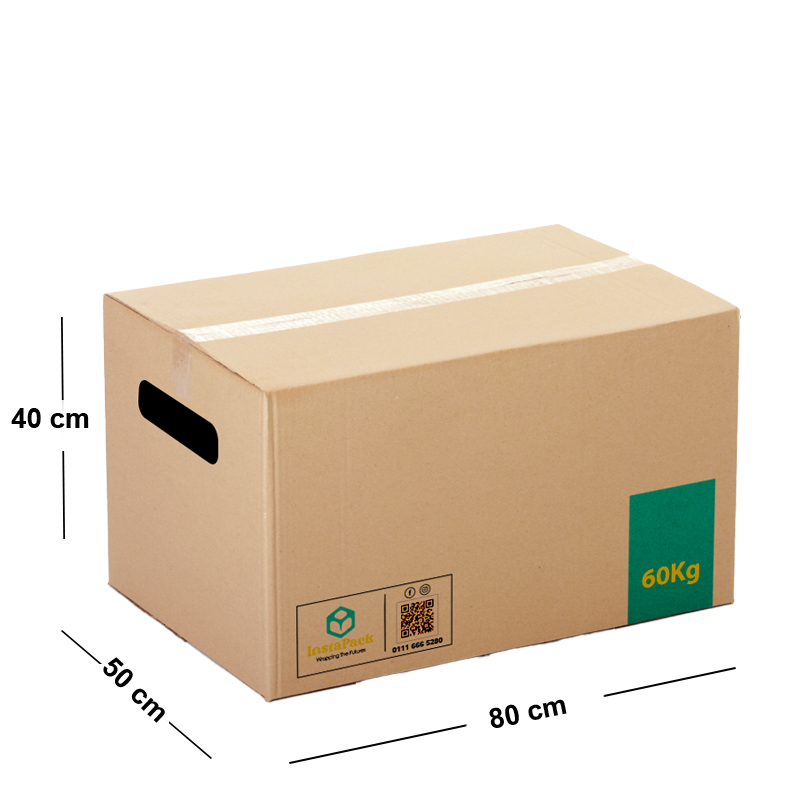Box Sizes for Shipping: Your Guide to Finding the Perfect Fit
Ever wondered how much space a product actually needs in a box? (This is a common problem, isn't it?) Finding the right box size is crucial for shipping (so you don't damage your items!). This guide will cover everything you need to know, from calculating box dimensions to understanding different shipping methods. Let's dive in!
Understanding Your Needs

Source: megapack.pk
- What's being shipped? (Shape, size, fragility). (Think about what it is!)
- Where is it going? (Destination postal regulations).
- How much does it weigh? (Impact on your budget, packaging, and shipping speed).
Product Dimensions and Considerations
- Measure the item. (Length, width, height.) (Be precise, accurate dimensions are important).
- Check for odd shapes. (Are you dealing with something complex?) (Do not underestimate, especially corners!)
- What is the item's fragility level? (Extra precautions). (Make it safer, that way you save your time!)
Shipping Method Comparison
- USPS: (Excellent for lightweight, smaller packages).
- FedEx: (Speed, good option for time-sensitive or heavy shipments).
- UPS: (Known for wide-area network, multiple options available for your package!).
Calculating Box Sizes (A Simple Formula!)
- Estimate box size to easily accommodate the product: (At least 1–2 cm wider).
- Add at least 1-2 cm to each product dimension (L,W,H): (Extra room for safe handling, preventing damaging product!)
Specific Scenarios (and common shipping problems)
- Apparel: (Folding clothes/accessories neatly is key).
- Electronics: (Consider protective packaging for this important shipment!).
- Food: (Proper temperature regulation boxes, and seals (make sure they're food-grade))
- Fragile Goods: (Use layers, extra padding for delicate shipments! )
Avoiding Shipping Frustration – Questions and Answers
Question 1: What size box should I use for my specific needs?
- Answer 1: Measure your item meticulously! Calculate dimensions plus add extra padding to handle the shipment safely!
Question 2: How important is padding for different types of shipments?
- Answer 2: Absolutely vital (crucial, it prevents damages!)!
Shipping Methods
- Standard Shipping: A simple choice for budget shipments but could be slower delivery.
- Express Shipping: Faster delivery but expensive.
Choosing Your Shipping Method
- Time sensitivity: How quickly does it need to get there?
- Budget: Express is more expensive (consider whether you want it as an option)
- Item type: Heavier goods are expensive or slower depending on service, this needs to be taken into consideration when setting a budget!
- Location: Factors like destination and possible issues with shipping routes/ weather conditions, should always be evaluated in your decision! (Review what will influence it, be honest with yourself in the end!)
Understanding Box Labels
- Shipping Address Label: Clearly visible, precise details (recipient name, address, city, postal code)
- Special Handling Indicators: Important warnings or suggestions! Use the right labels (fragile/handle with care, special requests! )
Important Tips for Effective Shipping
- Review current shipments you are doing. Understand your process, understand where you have made mistakes before! Learn from past experiences, analyze successes!
- Document every aspect: Detailed shipping records are very essential! (Make a good process for documenting and record-keeping). (Good notes keep your workflow easy to understand and helps prevent re-work and potential miscommunication. )
Choosing the Right Box Material (Beyond just finding a good fit!)
- Cardboard boxes: Reliable, affordable choice (ideal for most scenarios, depending on requirements!)
- Corrugated cardboard boxes: More substantial option for bulky goods/important packages. (Ideal for bigger and important packages!)
- Plastic boxes (polystyrene boxes/ containers): Waterproofing properties but often more costly and rigid (for specific needs!), or could pose difficulty with fragile shipments depending on construction!)
Packaging Strategy
- Layering (use packaging like paper/bubble wrap etc. : (Ideal method when there are more products of small size or products that have a large space that will cause rattling!), so you save room).
Important Considerations When Shipping Packages
- Check shipping fees (important!): Ensure you do a detailed costing of everything including potential damages you can incur with your items when shipping!
- Packaging your order to the best of your ability and understanding to avoid further damage!: Be efficient with every step and focus on what will save your effort, or in return reduce the time that is used on your deliveries (or packages!). (Prevent future issues.)
How to Measure Packages Efficiently: Steps for Successful Packaging
- Measure all your dimensions accurately using a ruler or measuring tape. Accuracy is critical when preparing products to be shipped or packaged properly. (No space to be wasted! Don't cut corners in packaging or product evaluation!)
- Write all your item measurements in your system: Save your measurements in an easily accessible and identifiable system for reference or for later analysis. This will help when deciding on packaging, when shipping and prevent time to do repeated work when reviewing prior deliveries!

Source: media-amazon.com
Protecting Your Goods During Shipment (Practical Steps and Precautions)
- Use bubble wrap: Prevent impacts for your product and help to ensure that there is space.
- Utilize filler material: Avoid breakage when you use filler material like packing peanuts or crumpled paper.
- Consider item wrapping/cradling: Ensure no part of the package causes rubbing against other parts of your packaging, prevent damage this way!
Packaging Essentials for Any Shipping Task
- Bubble wrap, foam, or crumpled paper: Critical items for added padding and impact absorption! (Make it your standard and habit when you have an item or shipment!)
- Secure tape: Crucial for holding together your packaging or wrapping!
- Appropriate labels/shipping papers: Clearly convey details (especially relevant when dealing with documents or invoices!)
General Questions to Address Regarding Box Sizes and Packaging!
- How can I find appropriate dimensions and estimates for packages based on their item needs?
- How can I make efficient use of my space?
Shipping Cost Evaluation and Calculations: A Practical Guide

Source: co.nz
- Understanding shipping quotes: Carefully analyze each company's service/rate policies!
- Assessing service choices: Make sure to have choices and evaluate all that the company or shipping company provides to you in this case!
- Identify hidden costs Pay attention to and find costs that may arise when shipping packages to customers or across regions. Make a checklist/system to identify costs that may have been missed and not factored in your estimation.

Source: customdesignsboxes.com
Ensuring Successful Deliveries
-
Understand dimensions are crucial. (Proper box dimensions) (Size of your package)
-
Analyze item weight and dimensions. (Calculating dimensions and weight effectively)
-
Prioritize padding appropriately. (Protect from impacts! Packaging effectively!)
-
Evaluate shipping cost options! (Budget, convenience). (Find appropriate method.)
-
Properly assess labeling/ shipping method(s)(Ensure packages will get delivered)

Source: instapack-eg.com
Additional Considerations (Specific Situations or Issues!)
- Seasonal Shipping: Demand during specific seasons (like holidays) can have high shipping costs. Consider this if applicable. (Be flexible).
- International Shipping: International regulations vary! Ensure your products meet guidelines and get appropriate clearance for all shipments you have in place.
Conclusion: Mastering the Art of Box Size Selection!
This guide provided comprehensive steps for successfully determining and employing effective box sizes to safely, cost-effectively, and efficiently handle all your packaging and shipping procedures! Remember: Proper measurement, suitable packaging, accurate labeling, and adherence to delivery criteria and rules are your most essential elements! (Always check, never assume!).



